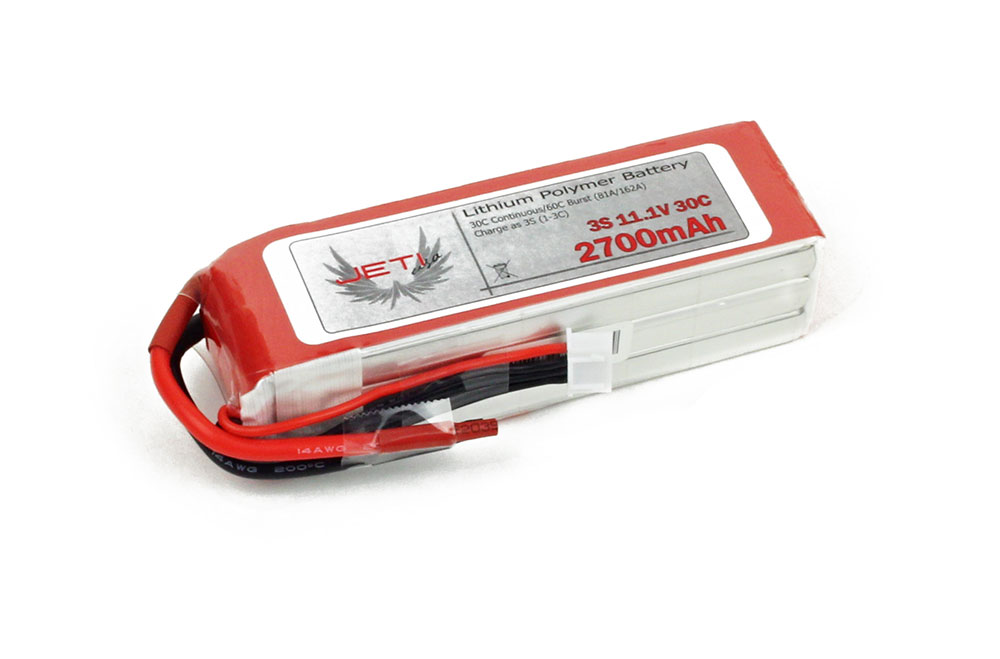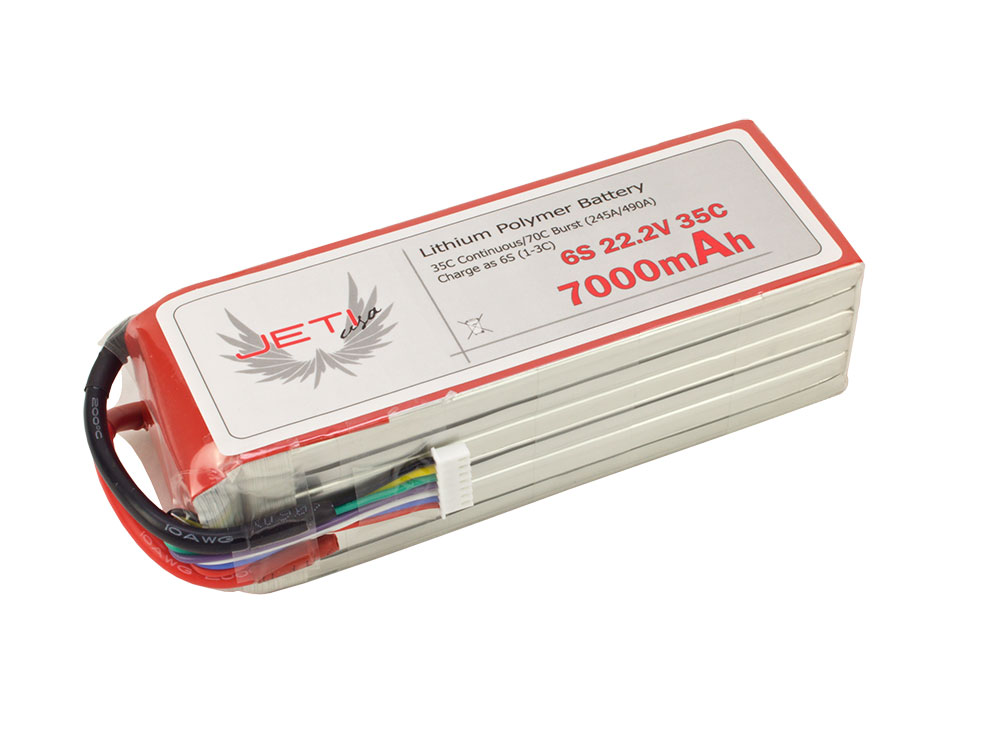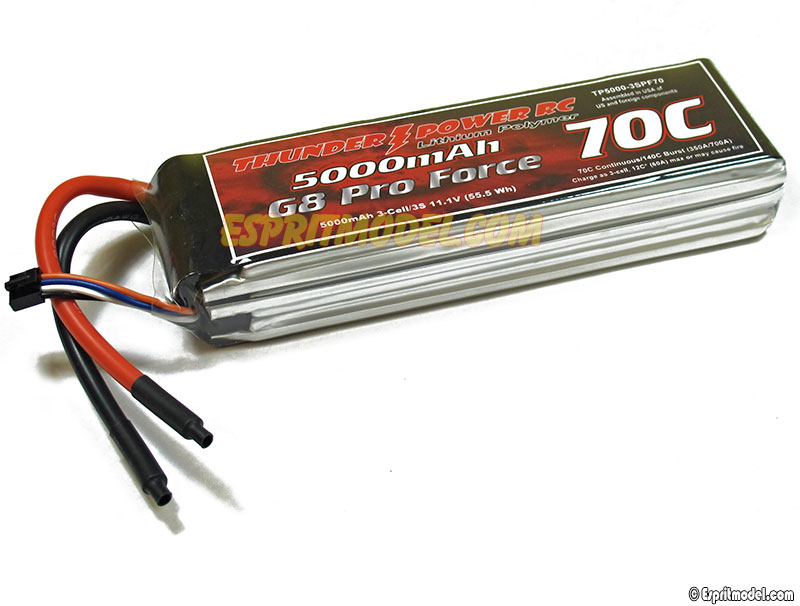What You Need To Know
So far, in the Flight School blog segments, we have touched on electric systems; motors and esc’s. But, there is another important component – the battery. This is another task that can seem daunting when looking at all the information and the many options available. We hope that this will give a breakdown of what you might need.
Battery Chemistry
A battery is a device that converts chemical energy to electrical energy. It can be used to power other devices electronically. Batteries consist of a cathode (positive electrode), an anode (negative electrode), and an electrolyte medium between the two. As we mentioned earlier, there are several type of batteries that utilize different chemicals to produce electrical energy. We are going to define the types you may encounter in the hobby, but for this segment we wont dive to deep into the chemistries just yet.
- NiMH (Nickel-Metal Hydride)
- LiFe (Lithium Iron)
- Li Ion (Lithium Ion)
- LiPo (Lithium Polymer)
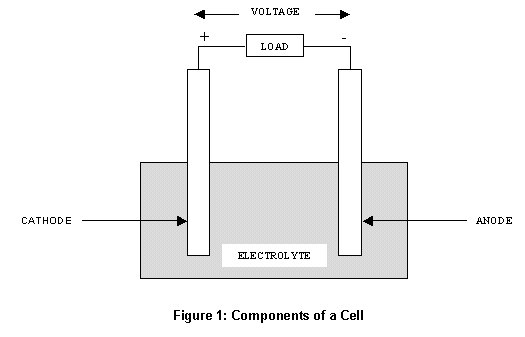
Capacity
The capacity of the battery determines how long you will be able to fly. This number is listed in milliamp hours (mAh). The higher capacity, the longer you can fly. Keep in mind, there are many different variables to consider when thinking in terms of how long you will be able to fly (such as what you are powering or how you are flying).
Cell Count (Voltage)
Most times there are multiple cells in the battery. These are often indicated with the number of cells, followed by a “S” or a “P”. “S” indicates that the cells are connected in series with each other (positive to negative) where “P” indicates that the cells are connected in parallel (positive to positive, negative to negative).
Each cell has a specific nominal charge measured in volts. These voltages will vary based on the battery chemistry used. The voltage will determine how fast your electric motor will spin, within the parameters of your system. The higher the voltage, the faster the motor will spin. This information will come into play when considering RPM of your motor.
Your motor will help determine your battery needs, so when selecting your battery, make sure you know your motor (and load) requirements and specifications.
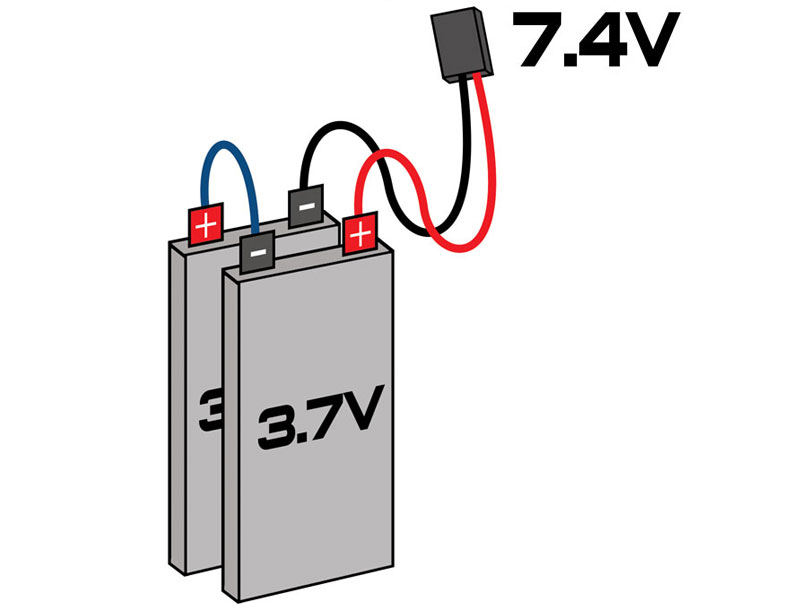
C-rating (Discharge Rate)
The C-rating is how fast a battery can safely be discharged. It will be listed as a number with a “C” after it. For example, some of our Jeti Pro Power Batteries are 30C. This means that the discharge rate of the battery is 30 times more the capacity of the pack. Typically, the higher the C-Rating, the higher burst energy can come from the battery. This is important in different flight applications such as 3D or racing.
There are many things to consider when looking into your power needs, but we hope this makes it a bit easier to understand. Stay Tuned! In the next segment of Flight School we will dive into battery chemistries. Check out our line of batteries here.
